Zucchini Black Beauty
$4.49
Cucurbita Pepo
- Seed Count 5
- Popular Home Garden Variety
- Annual
In stock
Description
Zucchini Black Beauty is an heirloom, open pollinated variety that produces fruits with a very dark green skin, giving it its ‘black’ name. It’s smooth skin covers tasty and delicate white flesh. It has long been one of the most popular varieties on the market, producing plants with a compact, open bush habit which are much easier to harvest.
The plants start bearing fruit around 60 days and will continue to produce throughout the season. The fruits mature very quickly once one starts, and are best harvested before they are 15 to 20cm in length. They also grow well in pots.
Related Article: Zucchini’s From Sowing to Harvest
| Method: Set seedlings | Soil Temp: 21°C - 35°C |
| Cool Mountain: Oct - Jan | Position: Full sun |
| Arid: Nov - Mar | Row Spacing: 90 cm |
| Temperate: Oct - Feb | Planting Depth: 5mm |
| Sub Tropical: Oct - Feb | Harvest: 60 Days |
| Tropical: Apr - Aug | Plant Height: 90 cm |
Growing Conditions
Climate:
- Zucchini thrives in warm temperatures, typically between 20-30°C.
Soil:
- Type: Light, sandy loam or rich, well-draining soil is best.
- pH: Aim for a soil pH of 6.0 to 7.0.
Preparation: Prior to planting, enrich the soil with generous amounts of organic matter such as compost, aged manure, or green manure.
Location:
- Select a site that receives full sun, with at least 6-8 hours of sunlight daily.
- Ensure the area has good air circulation to prevent diseases.
Planting Zucchini
Planting Time:
- Sow seeds from late spring to early summer when the soil temperature is between 21°C and 35°C
Seedling Preparation:
- If starting indoors, use biodegradable pots to reduce root disturbance during transplantation.
- Sow seeds 5 mm deep in well-draining potting mix.
Direct Sowing:
- In warm regions, you can sow seeds directly outdoors after the last frost.
- Spacing is crucial, so plant seeds 90 cm apart in rows or plant in mounds with 4-5 seeds per mound.
Care and Maintenance
Watering:
- Water deeply once or twice a week, ensuring your zucchini plants receive 2.5-5 cm of water per week, particularly during flowering and fruit-setting periods.
- Water the base of the plant to keep the leaves dry to reduce fungal diseases.
Fertilisation:
- Use a balanced fertilizer or organic options like compost or fish emulsion every 3-4 weeks.
- Consider side-dressing with well-rotted manure or compost during mid-season.
Mulching:
- Apply a layer of organic mulch around plants to retain moisture, suppress weeds, and regulate soil temperature.
Pruning:
- Regularly remove any dead or yellowing leaves to maintain plant health. Prune to improve air circulation if plants are closely spaced.
Pest Management
Common Pests:
- Aphids: Small insects that suck sap. Control them using insecticidal soap or introducing ladybugs.
- Squash Bugs: Large, brown bugs. Hand-pick or use row covers to protect seedlings.
- Cucumber Beetles: Can spread diseases. Use traps or insect barriers.
Diseases:
- Powdery Mildew: Fungal disease characterized by white powdery spots. Control with proper spacing, watering practices, and fungicidal sprays if necessary.
- Vine Borers: Larvae can burrow into the stem. Look for signs of wilting and remove infected plants.
Preventative Measures:
- Crop rotation, ensuring you do not plant zucchinis or other cucurbits in the same spot year after year.
- Use companion plants to deter pests naturally.
Harvesting
Timing:
- Zucchini is typically ready for harvest 6-8 weeks after planting. It can be harvested when fruits are about 15-20 cm long for the best taste and texture.
Method:
- Use a sharp knife or pruning shears to cut the fruit from the plant, leaving a short stem attached.
- Harvest regularly (every few days) to encourage the production of more fruits.
Companion Planting
Beneficial Companions:
- Corn: Provides natural support for zucchini to climb, saving space and promoting growth. The tall corn plants also create a microclimate that can help with shading.
- Nasturtiums: These flowers attract aphids away from zucchini and can deter squash bugs. They also contribute nutrients to the soil.
- Marigolds: Known for their pest-repelling properties, marigolds can help ward off nematodes and other harmful insects.
- Radishes: They grow quickly and can help break up the soil, allowing better drainage and root growth for zucchini. They can also mask the scent of zucchini, making it harder for pests to locate.
- Basil: This herb improves the flavour of zucchini and deters certain pests, including flies and beetles.
Plants to Avoid:
- Potatoes: They can compete for nutrients and space, which may hinder the growth of zucchini.
- Sage: This herb can suppress zucchini growth if planted nearby, as they may compete for similar nutrients.
- Cabbage Family: Members of this family can attract pests that also target zucchini, making them poor companions.
Additional Tips:
- Spacing: Ensure proper spacing between zucchini and companion plants to minimize competition for light and nutrients.
- Crop Rotation: Rotate zucchini and its companions to different garden areas each season to prevent soil depletion and reduce pest buildup.
- Diversity: Including a variety of companion plants is beneficial. This can lead to a more resilient garden, as diverse plantings can deter a wider range of pests.
Order Times
Seed orders are normally dispatched within three business days. You will receive an email when seeds are mailed out.
Postage Days
Seeds are mailed out Monday to Friday at 1pm. Except for the Friday of long weekends.
Postage Times
WA 2-3 Days: SA,NT 3-5 Days: NSW, ACT, QLD, VIC: 5-7 Days
Carrier
We use Australia Post Letter Postage for the majority of orders
Not only are our seeds packed in recycled paper envelopes, we keep the theme going when we post out website orders. To protect your seeds from moisture and the letter box munchers (snails), we use a very special plastic free material made from plants. They are then put into recycled mailing envelopes. Green all the way 💚🌿

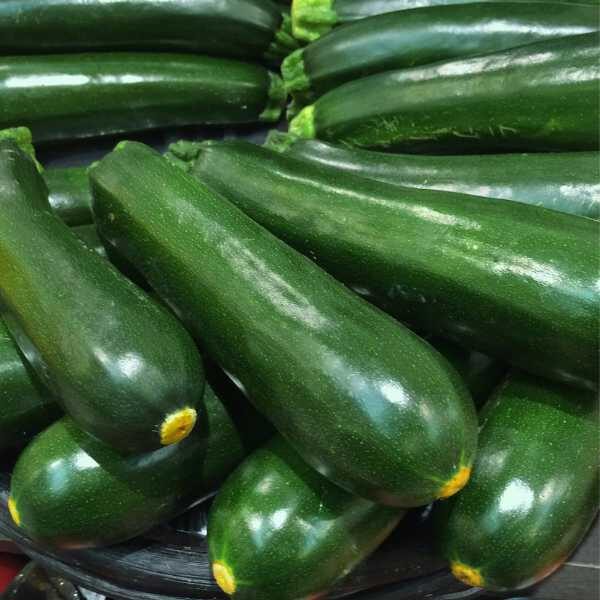



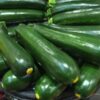
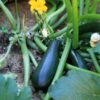
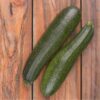
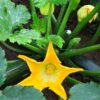


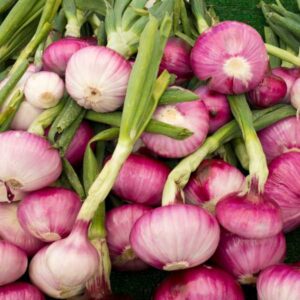
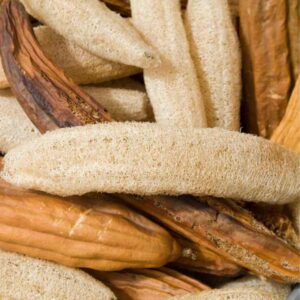
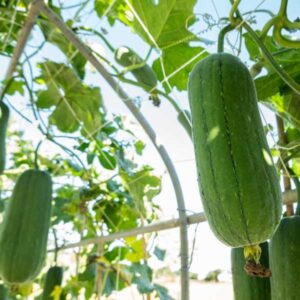
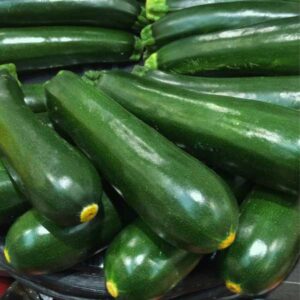
5 reviews for Zucchini Black Beauty